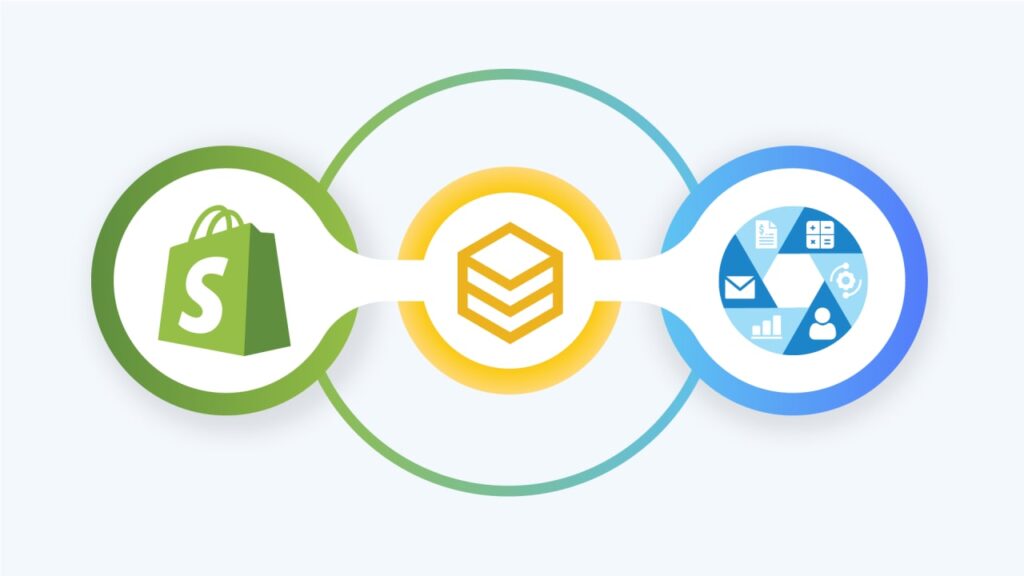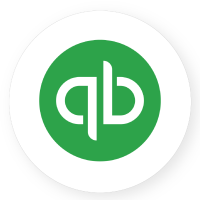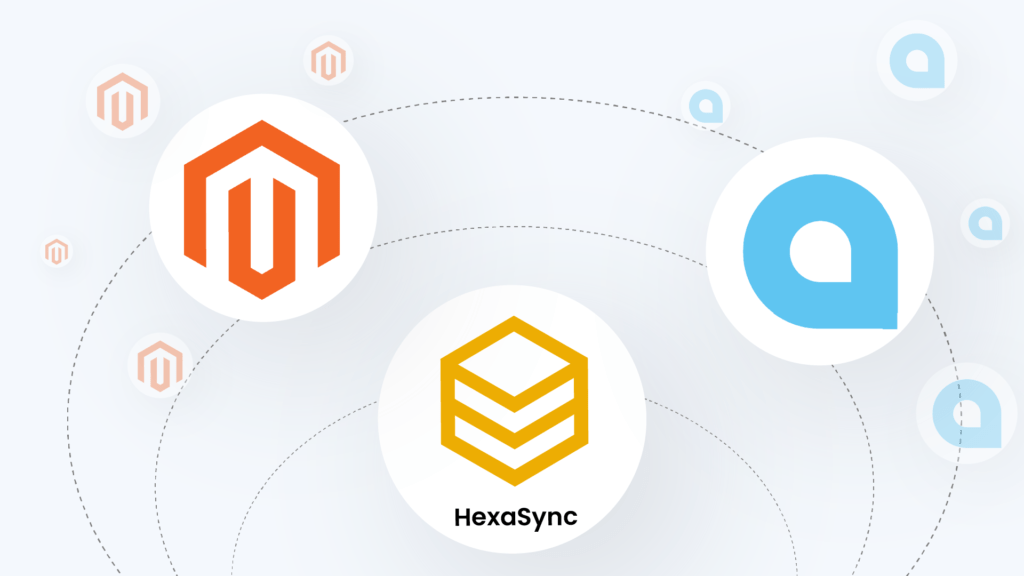The sales cycle for B2B markets can be much longer than for B2C markets. Building a relationship with a future supplier or customer, moreover, is more difficult than dealing with traditional webshops, where the client buys the product just by clicking the button.
Successful eCommerce store owners know that productivity is the key to their success. They identify exactly what their online store needs to operate at its best, ensuring they can meet the demands of both customers and their staff.
Are you a company that specializes in B2B eCommerce? You may be able to maximize your eCommerce functionality by B2B eCommerce Integration with additional aspects of your company.
Table of Contents
What is B2B?
B2B (known as B-to-B or Business-to-Business) is a term used to refer to a form of transaction between businesses. B2B emphasizes business conduct between companies. All products, goods, and services of business under the B2B model are circulated from company to company.
B2B transactions often occur when businesses buy products from sellers to produce and perfect their products. Or this is a wholesaler-to-retailer transaction. The B2B seller’s customer is not the end user. B2B together with B2C, C2B, C2C, and B2B2C form 5 different types of eCommerce business models.
B2B eCommerce
According to forecast statistics from Statista (2017), estimated B2B eCommerce sales in the US in 2021 will reach 1.2 thousand U.S. dollars. This number has risen sharply from 889 billion U.S. dollars in 2017.
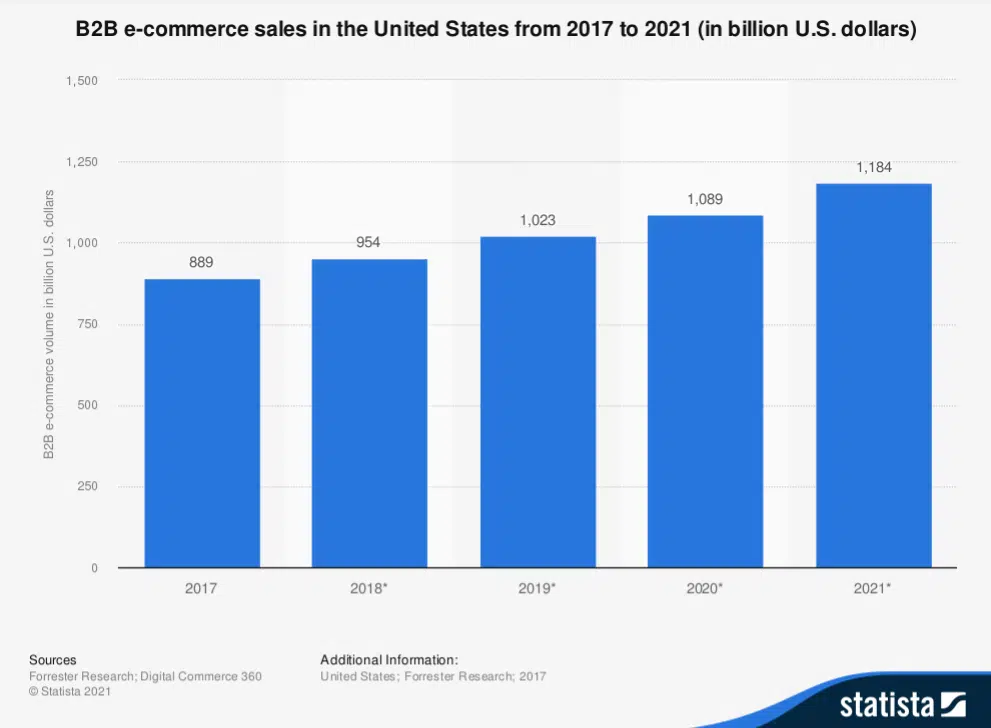
This number shows the rapid growth of B2B eCommerce in recent times. eCommerce appears to create a potential market for B2B businesses when the Internet closes the gap between companies, and all exchanges and transactions become convenient and fast.
It is predicted that in the near future, US B2B eCommerce will reach 1.8 trillion U.S. dollars and account for 17% of all B2B sales in the US by 2023. (Forrester)
What is eCommerce Integration?
eCommerce integration is the activity of connecting data between the e-commerce site and the data of other business support software in the store. This connection takes place to synchronize sales information, and transfer cross-platform data seamlessly, intuitively, completely, and accurately. It allows vendors to create a two-way flow of information between two or more certain systems and exchange data between them.

For example, when a salesperson changes information about customers, products, prices, quantities, etc. in the categories in the ERP, CRM system,… That information is on the e-commerce page will also be transferred. Managers can access all sales information from the online store or from integrated support software. No switching between systems, no duplication of information, all on one screen.
The eCommerce integration solution appears to offer a powerful tool for supporting the business of companies. It completely changes the complicated, time-consuming, and error-prone work processes of the past.
eCommerce integration is becoming more and more important in almost every business because of its convenience and benefits.
Types of eCommerce Integration
There are a variety of different technologies with each function and strengths and weaknesses for the purpose of e-commerce integration. This also depends in part on the existing platform status of the users.
Real-time Integration
A typical method for cross-platform data connectivity is through Application Programming Interfaces (API). This method enables automatic data transfer between the e-commerce platform and the integrated application.
When the two platforms begin the integration process, the information flow between the two is maintained and connected continuously. The data is transferred almost instantly as a change occurs on each side.
There are two types of real-time integration:
- One-way integration: As the name implies, this solution helps to transfer data one-way from one system to another.
For example, when a customer places an order, that order information will be sent to the store’s ERP. Instantly, you can manage and prepare orders on a single ERP platform.
- Two-way integration: More complex than one-way integration, two-way integration keeps the constant information connection between the e-commerce site and the application integration platform. This operation requires more tasks so that the two systems can communicate with each other so that information is transmitted quickly and accurately.
For example, you transfer product information on the POS system at the store. That information is immediately changed on the e-commerce site according to the latest transfer, and vice versa.
Depending on the user’s data usage needs, they can choose one-way integration or two-way integration for their e-commerce store. Both solutions ensure real-time data transmission to meet the management and business activities of the users.
Scheduled Integration
From the seller’s perspective, it can be seen that most store owners want to transfer all sales data as quickly as possible in real time. However, this can lead to unnecessary costs in the long run. Accordingly, store owners can choose scheduled integration to transmit sales data between the e-commerce site and the integration platform.
All necessary information will be synchronized according to a certain period or scheduled time. This method is quite suitable for businesses that want to integrate e-commerce but have orders or catalogs in small quantities.
Manual Integration
The manual method allows the integration to take place in the simplest and most economical way. Users can upload a CSV file to import data in one go. Once uploaded and processed, this information is stored, processed, and operable.
However, this integrated approach comes with many hurdles in data mining. Essentially, it lacks up-to-dateness – an important feature in using sales data. In addition, manual integration can also create duplication of data if not handled correctly.
Benefits of B2B eCommerce Integration
- To provide individualized sales and marketing experiences across sales channels and devices.
- Make it easier for clients to find products by using onsite search and customized navigation on the website
- Offer a variety of payment alternatives, including multiple payment providers and manual invoicing
- Provide particular consumer segments with customized pricing and offers
- Create a system for automating and reviewing incoming buyer registrations.
- Allow B2B customers to effortlessly purchase, monitor, and reorder products
- Use a current eCommerce site or third-party software to synchronize inventory, purchase orders, and customers.
- Utilize dependable APIs to integrate customer data from your ERP or CRM
You can see the details of the Advantages of Using a B2B Ecommerce Platform in this article.
Example of B2B eCommerce Integration
ERP Integration
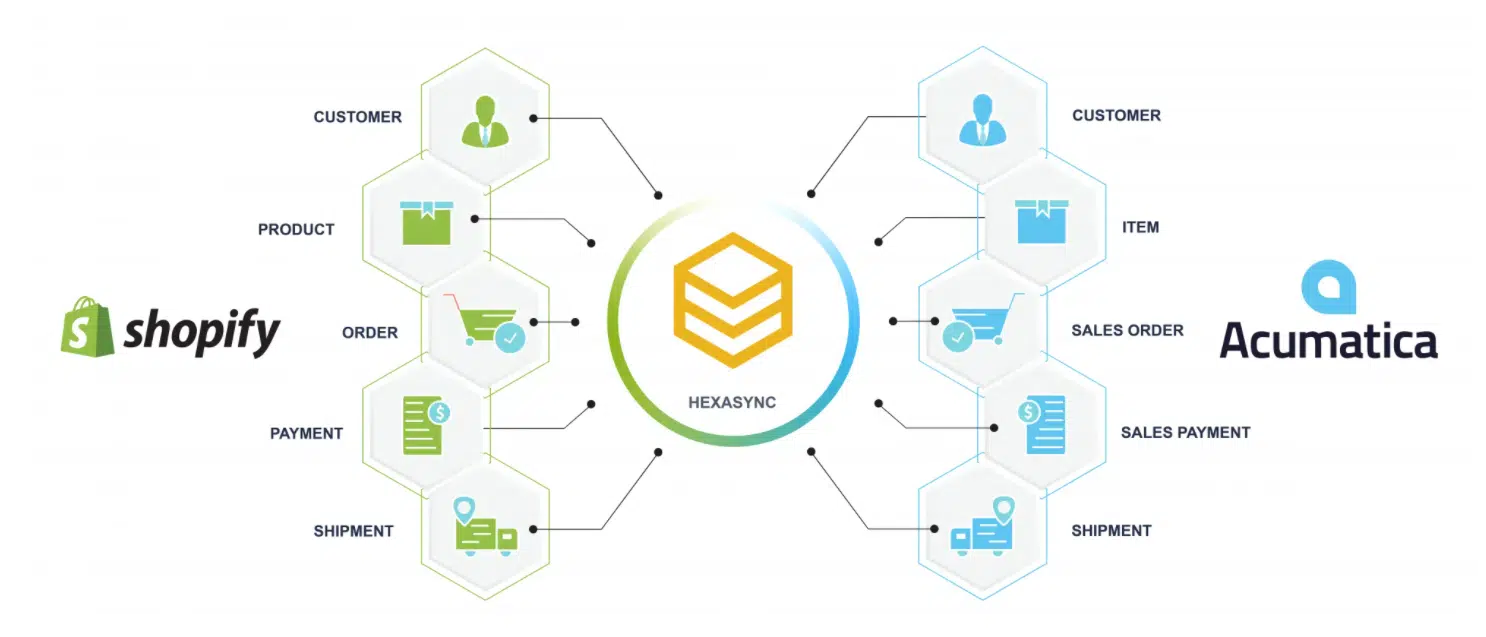
For e-commerce businesses, ERP is a necessary function to operate business operations intuitively. ERP and eCommerce store synchronization keeps data between the two platforms seamless and logically organized.
It greatly improves sales efficiency as it reduces the workload of in-store employees and managers with different sales channels.
ERP solutions have evolved over the years, creating a flow of communication between parts of a business. This integration is the most important connection in B2B eCommerce integration for businesses to maintain the effectiveness of their ERP systems.
Some prominent ERP platforms today are often integrated with eCommerce channels:
POS Integration
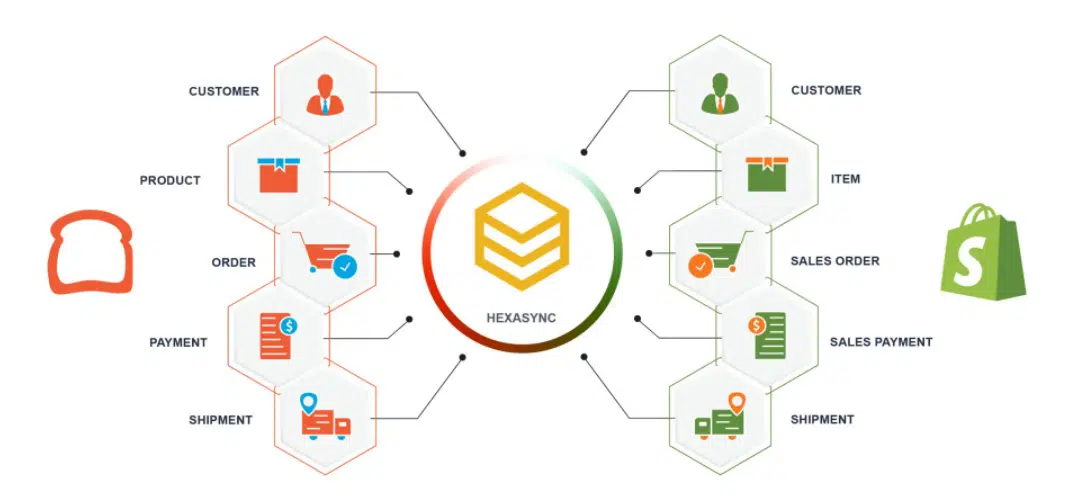
Connecting data between the POS system and the online store helps to ensure that information is continuously transmitted between the two platforms. Some important transfers such as inventory counts, prices, and product descriptions need to be changed in a timely manner, without creating errors and duplication.
This also helps merchants maximize the functionality of their sales support software, creating a seamless shopping experience for your customers. POS software has many useful features for customer management, inventory, reporting, etc. that you will need in your eCommerce store.
Prominent POS software that is often connected to an eCommerce website:
CRM Integration
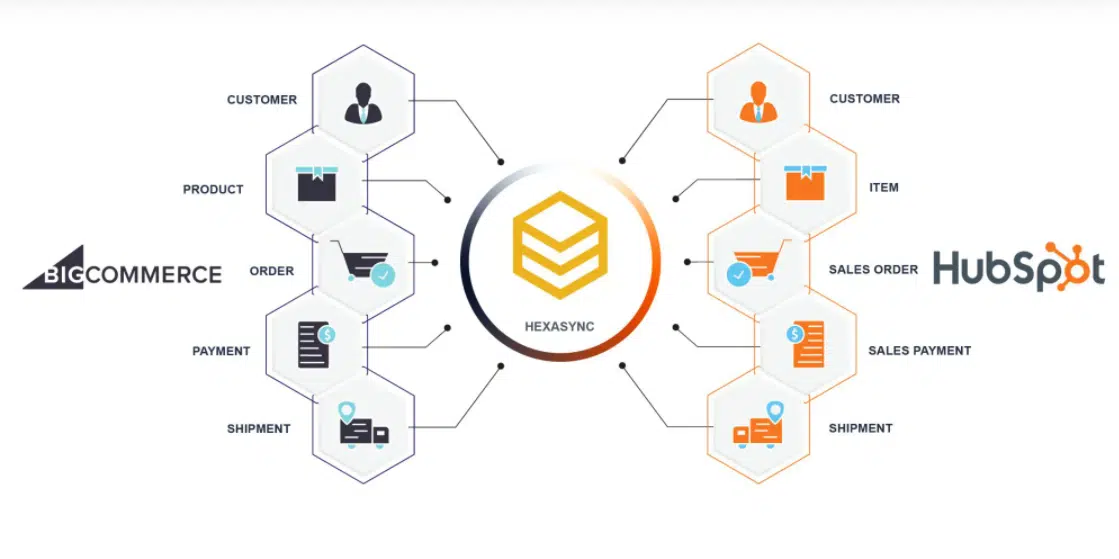
Integrating CRM into your eCommerce store makes your customer relationship management more comprehensive across all platforms. Customer information will be transfered and analyzed in the most accurate way. Continuous, up-to-date, accurate, and latency-free customer data.
In addition, it can help departments in the company make timely decisions to bring satisfaction to customers. CRM eCommerce integration also helps retain customers and build their loyalty.
Featured CRM platforms in CRM eCommerce integration: HubSpot.
Accounting Integration
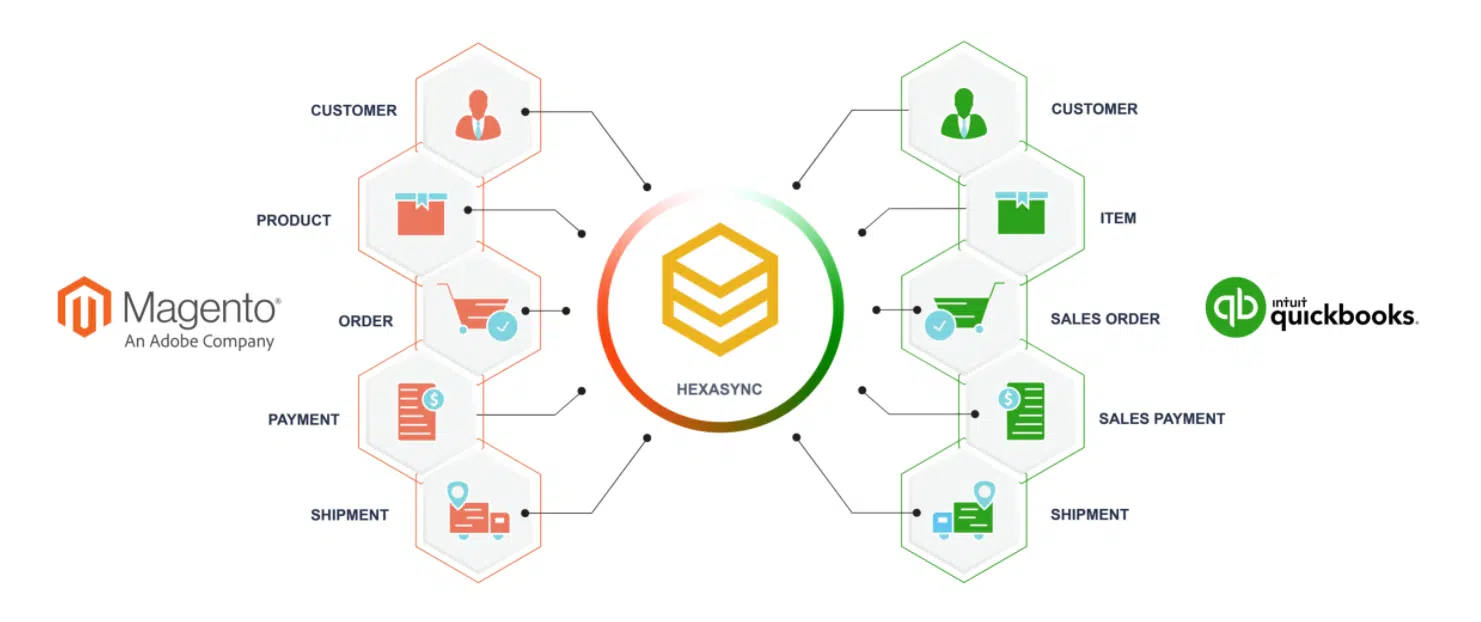
Manually exchanging data between an eCommerce store and accounting software can cause many errors such as duplicates or missing information. This also makes the staff spend a lot of time finding and fixing errors.
With the accounting integration solution, the gap between your accounting system and your online store is no more. Example of accounting eCommerce integration: QuickBooks Integration.
Why choose Beehexa Integration solution?
Beehexa brings the Integration solution through the Hexasync Integration Platform.
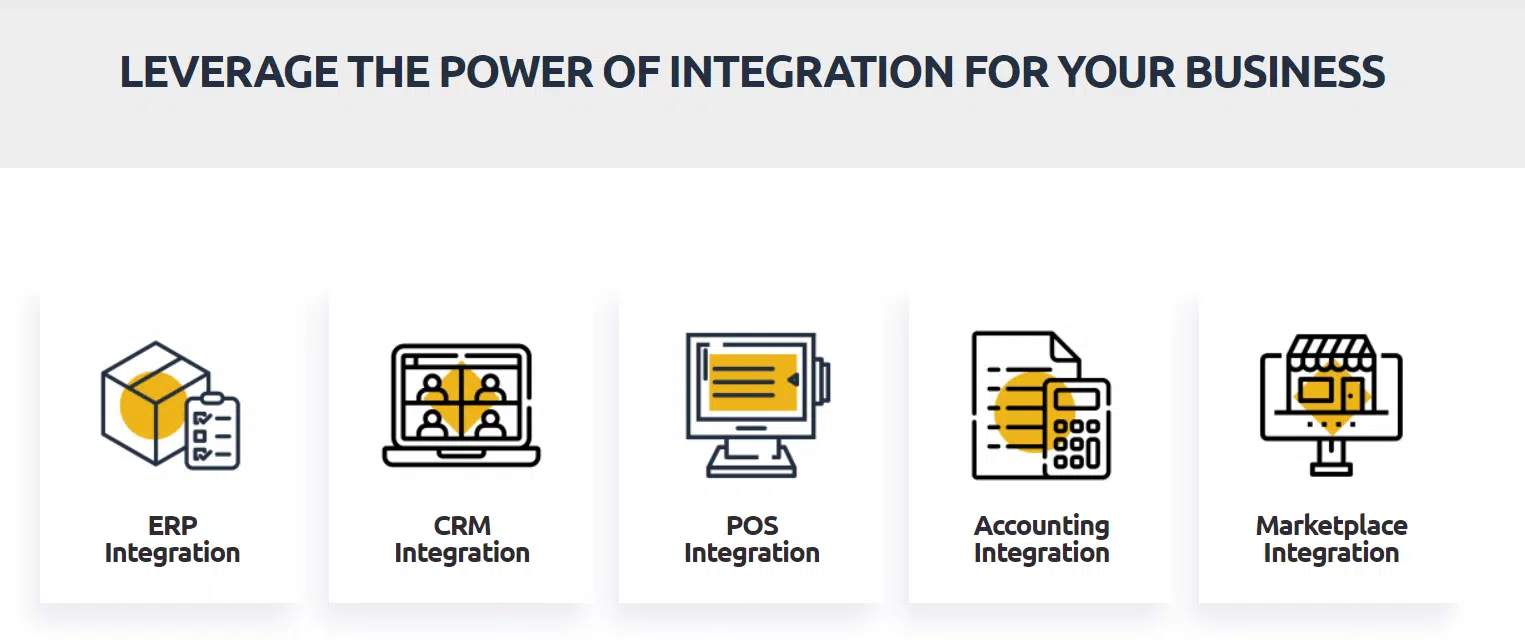
Hexasync eCommerce integration software for B2B could help both companies and individuals to not lose time in managing the business. The platforms offered by the software are user-friendly and simple to install so that wherever the customer is, he can easily find the product he needs.
HexaSync can work well with both API and non-API applications. It does not matter whether a business owner is using a modern platform or old software. Hexasync still enables them to automate their business processes with integration.
Also, the integration software can be integrated with many eCommerce platforms so companies could benefit from all the offerings.
Final words
The best way to integrate between your eCommerce store and your B2B business is to recognize the strengths and weaknesses of each one. eCommerce is a great way to generate revenue, but certain things may not be possible in a B2B setting.
An example would be a commercial rather than a presentation. In contrast, a B2B business may have a wider-reaching network and more opportunities for advertising, but eCommerce can help generate additional revenue. So it’s important to try to gain the benefits that each has to offer, while also recognizing the limitations.




